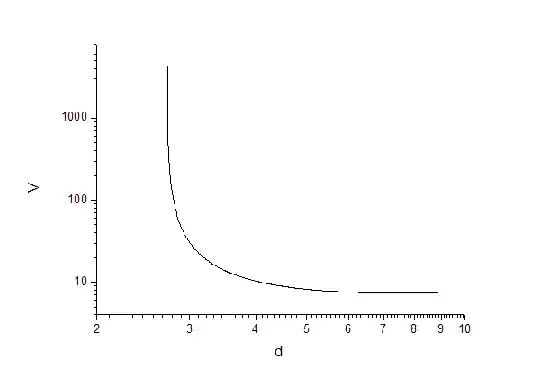I am looking at this formula from wiki for breakdown voltage in gas discharge lamps, and I see its linear by length (d) (oops, I see it's divided by $ln$)
$$\frac{Bpd}{\mathrm{ln}\ Apd-\mathrm{ln}\ (1+\frac{1}{\gamma_\text{se}})}$$
Does that mean that I can make tiny neon lamp with just 0.1 to 0.05mm spacing between electrodes and it will glow as low as 5V for example?
Are there any gases which have lower minimal breakdown voltage than neon?
I guess using niddles instead of parallel plates would also lower breakdown voltage, as field is stronger?
